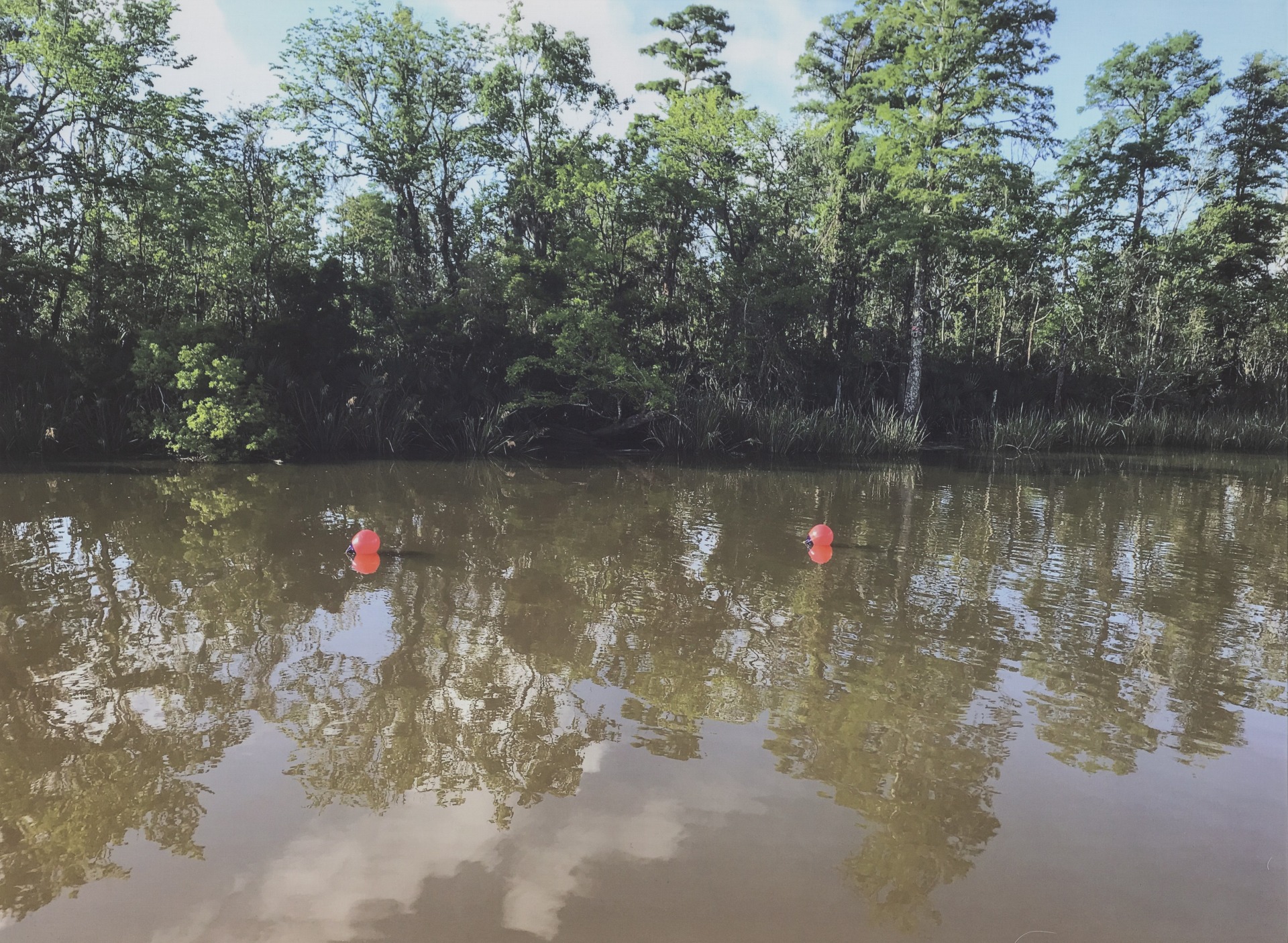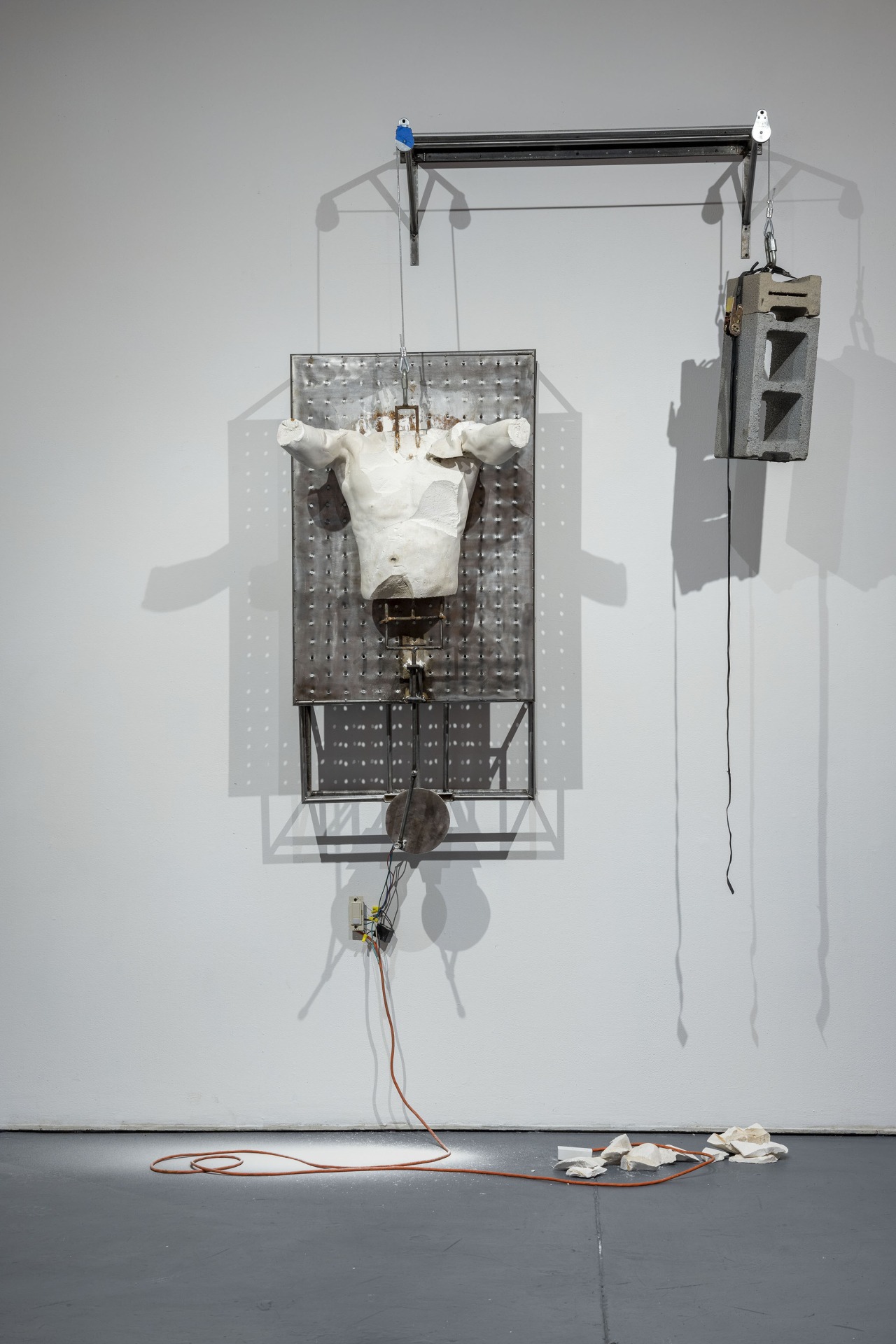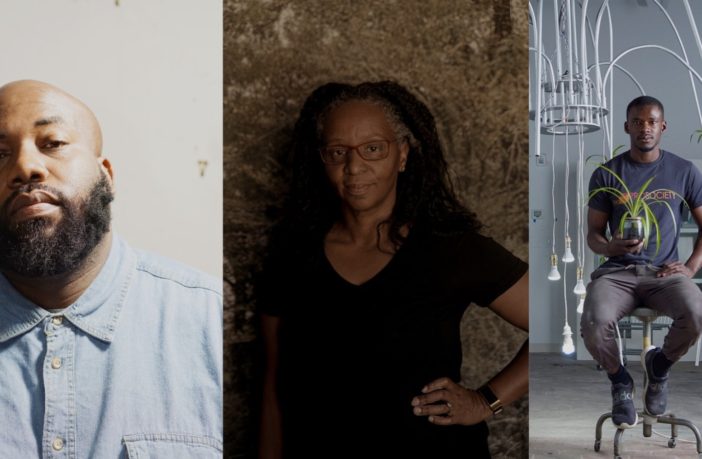Emancipation: The Unfinished Project of Liberation, a new exhibition at the Amon Carter Museum of American Art in Fort Worth, Texas, highlights seven artists’ works of Black freedom, agency and the legacy of the Civil War through a modern lens. Commemorating the 160th anniversary of the Emancipation Proclamation through sculpture, photography and paper and textile fabrications, the instillations react to the legacy of John Quincy Adams Ward’s 1863 bronze sculpture The Freedman from the Carter collection. Co-organized with the Williams College Museum of Art (WCMA), the exhibition seeks a deeper understanding of what freedom looks like for Black Americans 160 years later and demonstrates how historical art collections can be a resource and inspiration for contemporary artistic practices.
Here, three of the exhibition’s artists share the meaning behind their works.
Alfred Conteh is a painter and sculptor who explores his identity and personal history from a number of different perspectives.
Float, Alfred Conteh, 2022. Image: courtesy Alfred Conteh.
Alfred Conteh: My work in this exhibition symbolically depicts the foundations that would ideally undergird Black life in America; family, protection and commerce. Post-emancipation, this nation promised to redress what was done to slaves and grant them most of the same foundational rights and protections as the majority of its citizens. Not only has that promise remained largely unfulfilled, but many of this nation’s aforementioned laws and rights have been weaponized against us.
Letitia Huckaby concentrates on impassioned contemporary art focusing on personal expression, history and culture as a time capsule for the African American experience.
 The Clotilda, Letitia Huckaby, 2022. Image: courtesy of the Letitia Huckaby.
The Clotilda, Letitia Huckaby, 2022. Image: courtesy of the Letitia Huckaby.
Letitia Huckaby: My two projects focus on the legacy of emancipation within contemporary African-American communities. The first, A Tale of Two Greenwoods, documents two different residential blocks in different states—the Greenwood neighborhood of Tulsa, Oklahoma, and Greenwood, Mississippi—to visually frame home and connectedness. The other, Bitter Waters Sweet explores the legacy of Africatown, a historic community near Mobile, Alabama, founded by a group of West Africans who were illegally trafficked as slaves to the United States in 1860 on the Clotilda. I use photographs printed on cotton fabric to bring together the history and legacy of Africatown, its founders and their descendants. My experience in Africatown is that the people were giving and strong and imbued everything with their history and culture.
Jeffrey Meris is a multimedia artist working across sculpture, installation, performance and drawing that examines personal experiences, heals personal wounds and addresses historical context.
 The Block is Hot, Jeffrey Meris, 2022. Image: courtesy of Jeffrey Meris.
The Block is Hot, Jeffrey Meris, 2022. Image: courtesy of Jeffrey Meris.
Jeffrey Meris: I am exhibiting The Block is Hot: the Resurrection, A still tongue keeps a wise head, and I, Used to Be XVI, XVII, XVIII for Emancipation. These kinetic sculptures and drawings deal with the body and specifically with the violence of the white gaze on Black subjectivity. The casts which are replicas of my body act as containers for racially charged information. Through their self-destruction, the works liberate themselves from mythologies around Blackness.
Emancipation will be on view at the Carter through July 9, 2023, before traveling to Newcomb Art Museum of Tulane University, WCMA and Telfair Museums.



